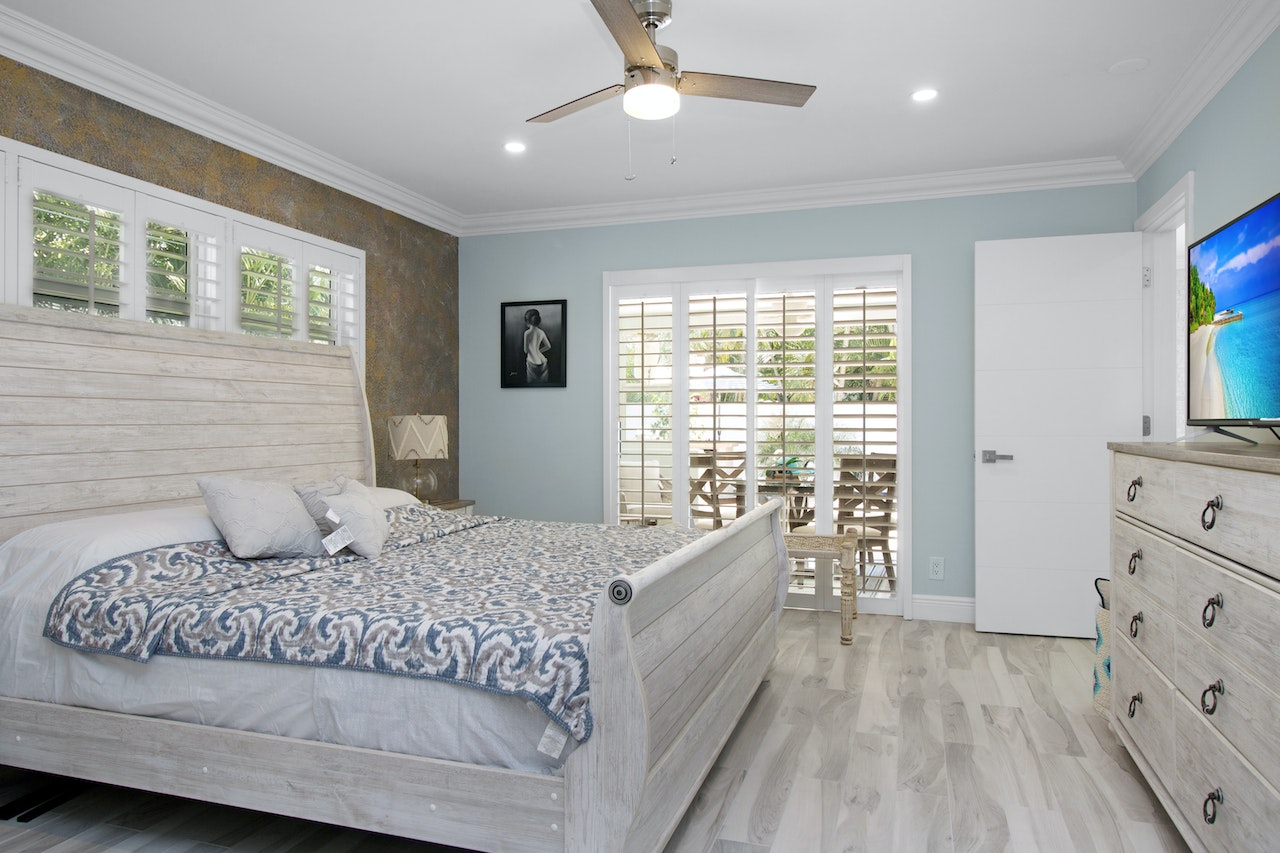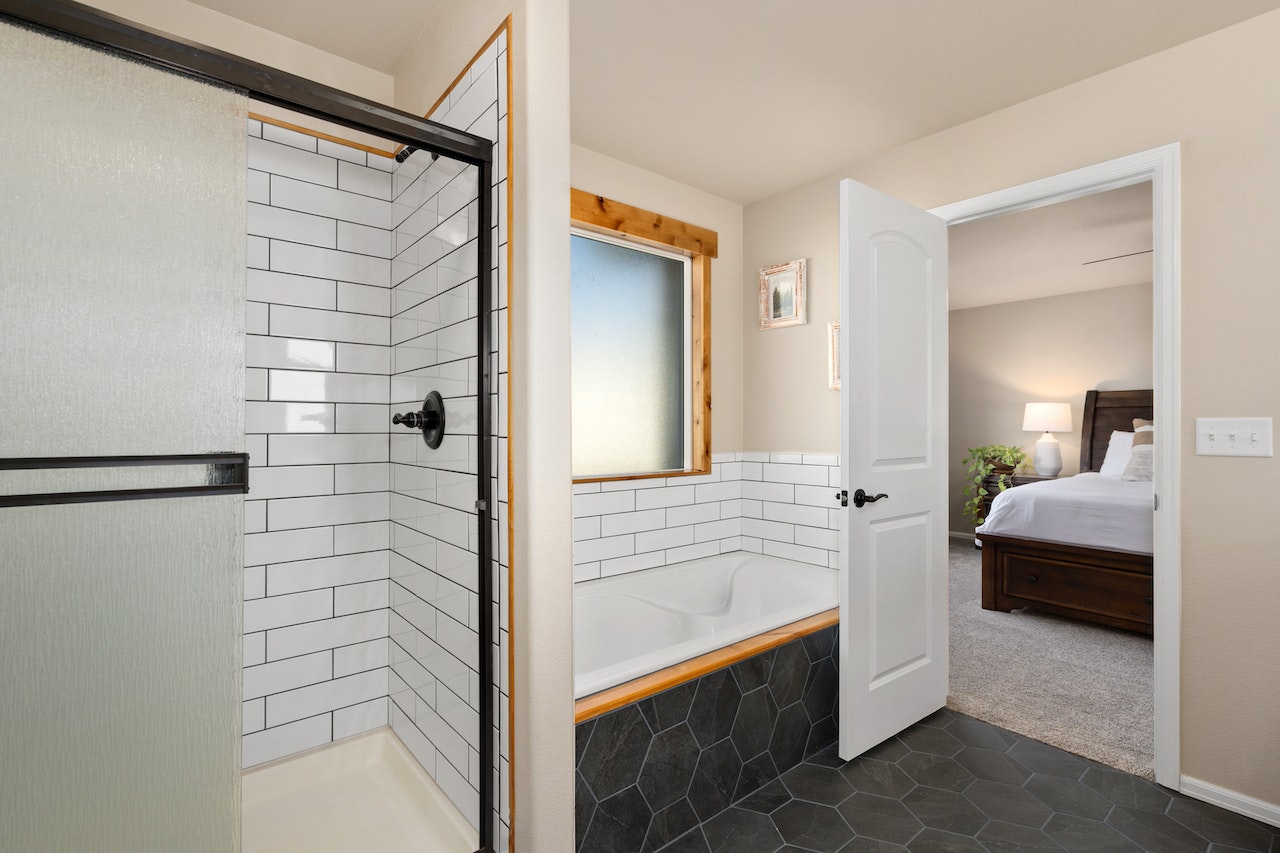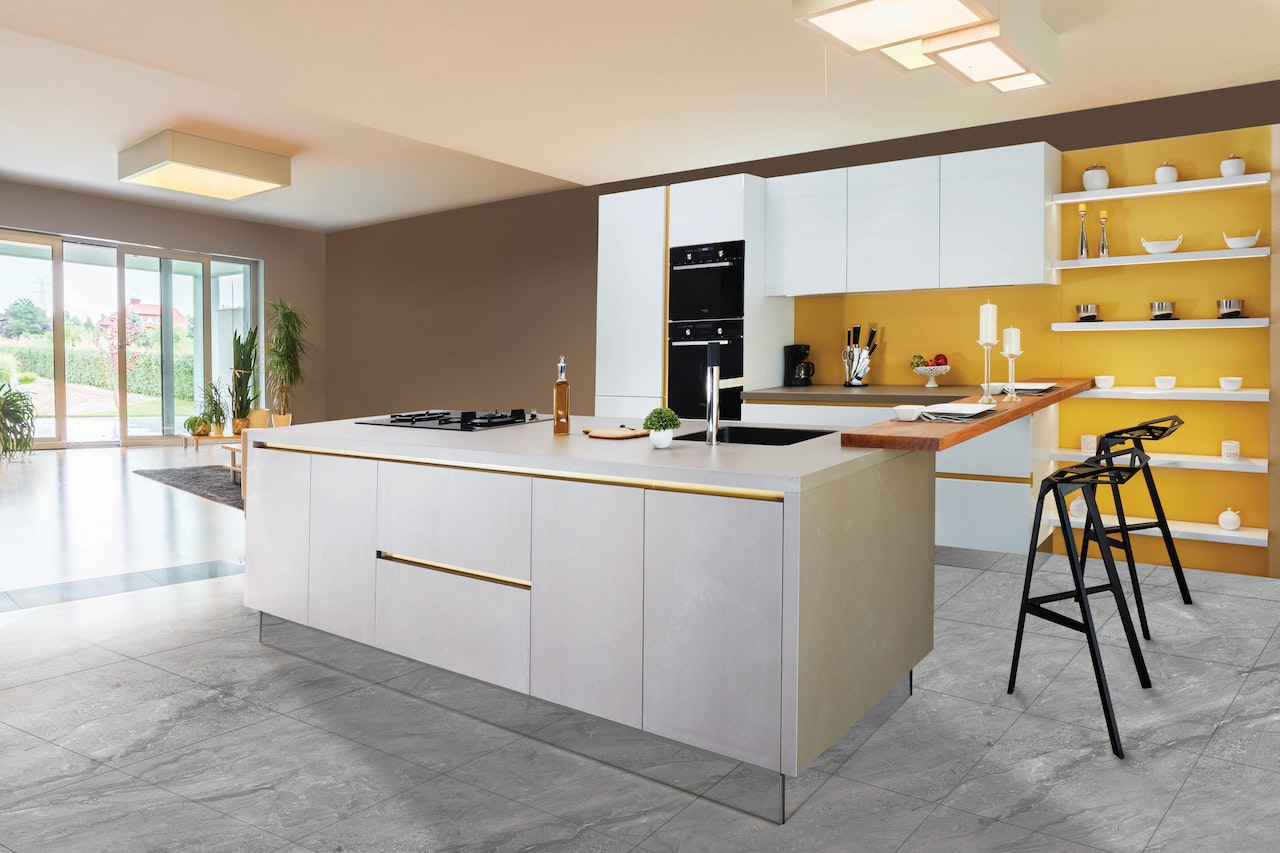
The Benefits of Accessory Dwelling Units (ADUs) in Construction Projects
In the realm of construction and real estate, the concept of accessory dwelling units (ADUs) has gained significant traction in recent years. ADUs, also known as granny flats, in-law suites, or backyard cottages, are self-contained living spaces that are built on the same property as an existing residential structure. In this blog post, we will delve into the remarkable benefits of incorporating ADUs in construction projects, exploring how they offer a versatile and sustainable solution to various housing challenges.
"Unlocking the hidden potential of accessory dwelling units, ADUs offer a pathway to affordable, sustainable, and versatile housing solutions for a brighter future."
How ADUs Boost ROI in Construction Projects
Increased Housing Options:
ADUs provide a practical solution to the growing demand for housing in urban areas. With skyrocketing property prices and limited availability of land, constructing ADUs offers an opportunity to create additional dwelling units on existing lots. These units can accommodate family members, provide rental income, or offer affordable housing options for students, young professionals, or retirees.
Enhanced Property Value:
The addition of an ADU can significantly increase the value of a property. These secondary units offer potential for additional rental income, making a property more appealing to prospective buyers. The versatility and flexibility of ADUs appeal to a wide range of individuals, boosting marketability and investment potential.
Increased Rental Income:
ADUs present an excellent opportunity for homeowners to generate additional income. Whether renting out the unit on a long-term basis or using it as a short-term rental, such as through platforms like Airbnb, ADUs provide a lucrative revenue stream. This extra income can help homeowners offset mortgage payments, contribute to savings, or fund other financial goals.

How ADUs Transform Underutilized Areas into Livable Spaces
Multigenerational Living:
ADUs allow families to embrace multigenerational living arrangements without compromising privacy or independence. They provide a separate living space that allows grandparents, adult children, or extended family members to reside on the same property, fostering a sense of togetherness while maintaining personal space. This arrangement can be especially beneficial for elderly parents who require some assistance while maintaining their autonomy.
Sustainability and Affordability:
ADUs promote sustainable living by efficiently using existing resources and infrastructure. These smaller living spaces consume fewer materials, reduce energy consumption, and minimize the ecological footprint compared to larger homes. Additionally, ADUs offer an affordable alternative to traditional housing options, providing individuals with access to well-located neighborhoods and amenities at a fraction of the cost.
Creative Use of Underutilized Space:
ADUs make creative use of underutilized space in residential properties, such as backyards or detached garages. By converting these spaces into habitable units, homeowners can maximize their property's potential while preserving the existing structure. This adaptive reuse of space allows for the expansion of living areas without the need for major renovations or significant property modifications.
The benefits of incorporating ADUs in construction projects are manifold. From addressing housing shortages to providing additional income streams and promoting sustainable living, these versatile units are transforming the way we view residential spaces. As cities continue to evolve and housing needs change, ADUs offer a practical and efficient solution, unlocking the hidden potential in existing properties and enriching communities with a diverse range of housing options.




